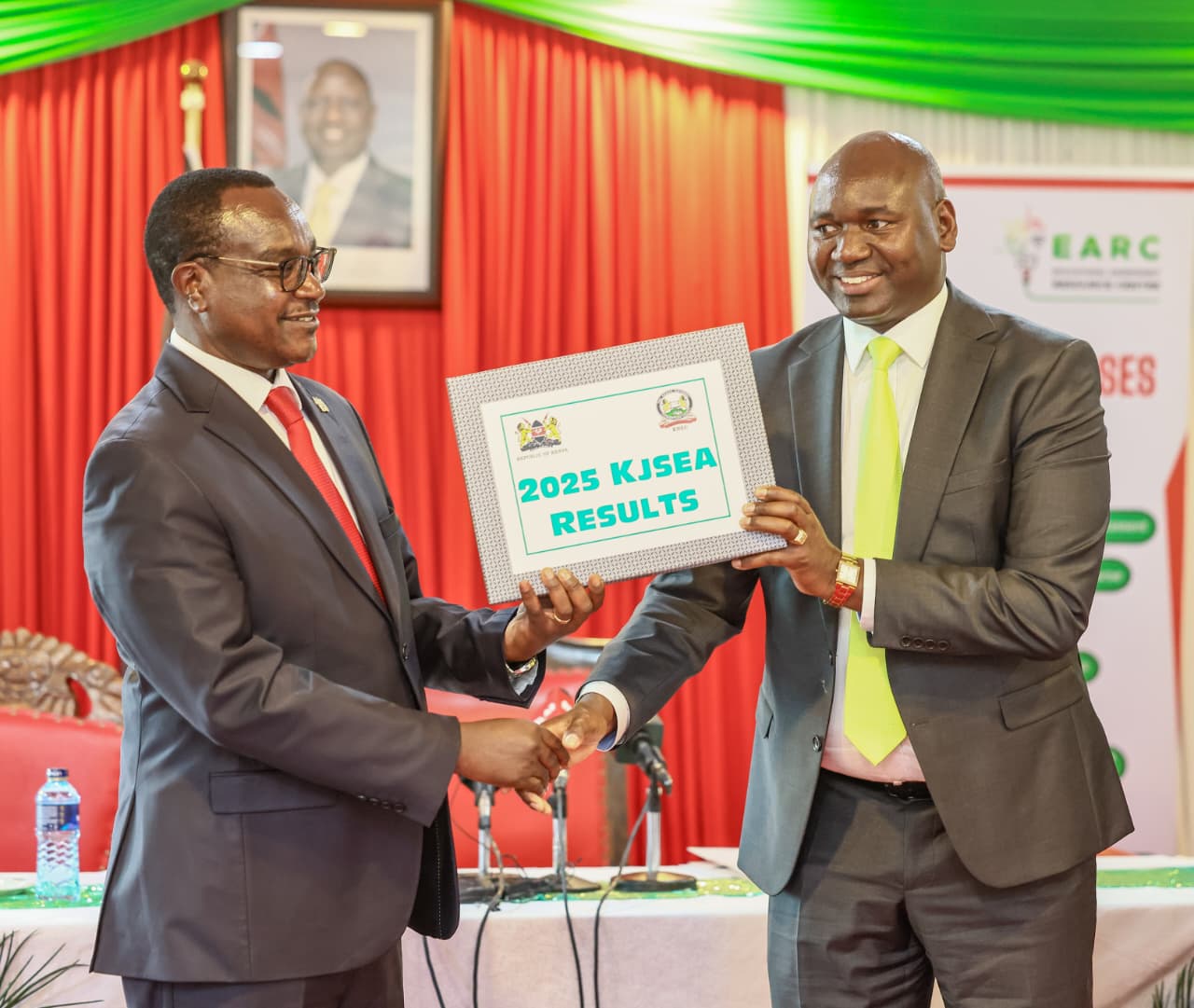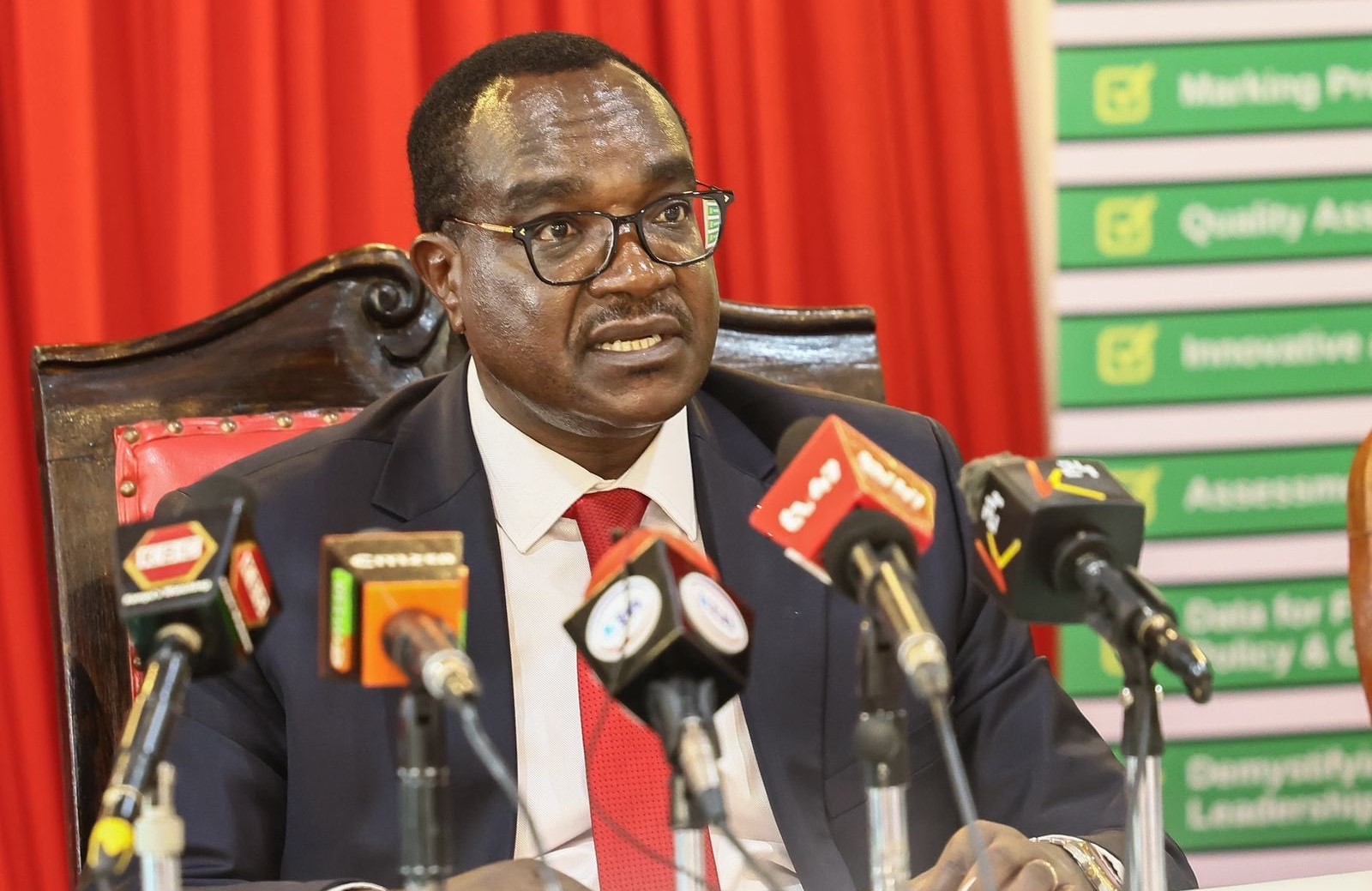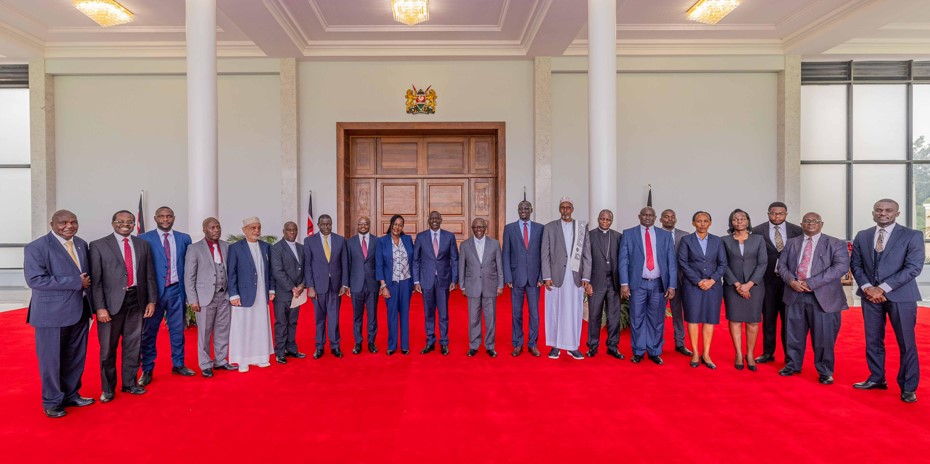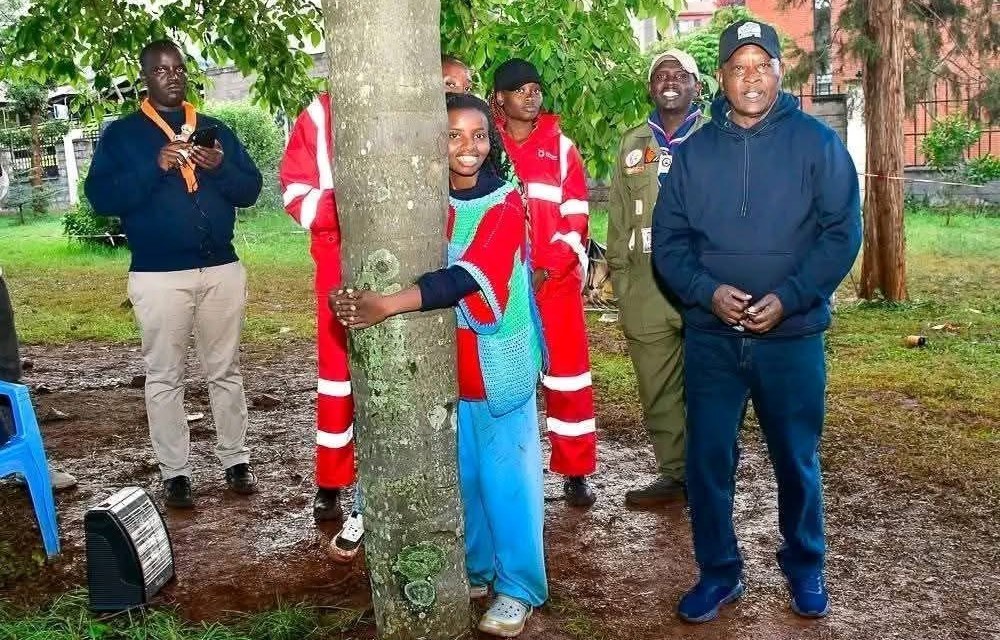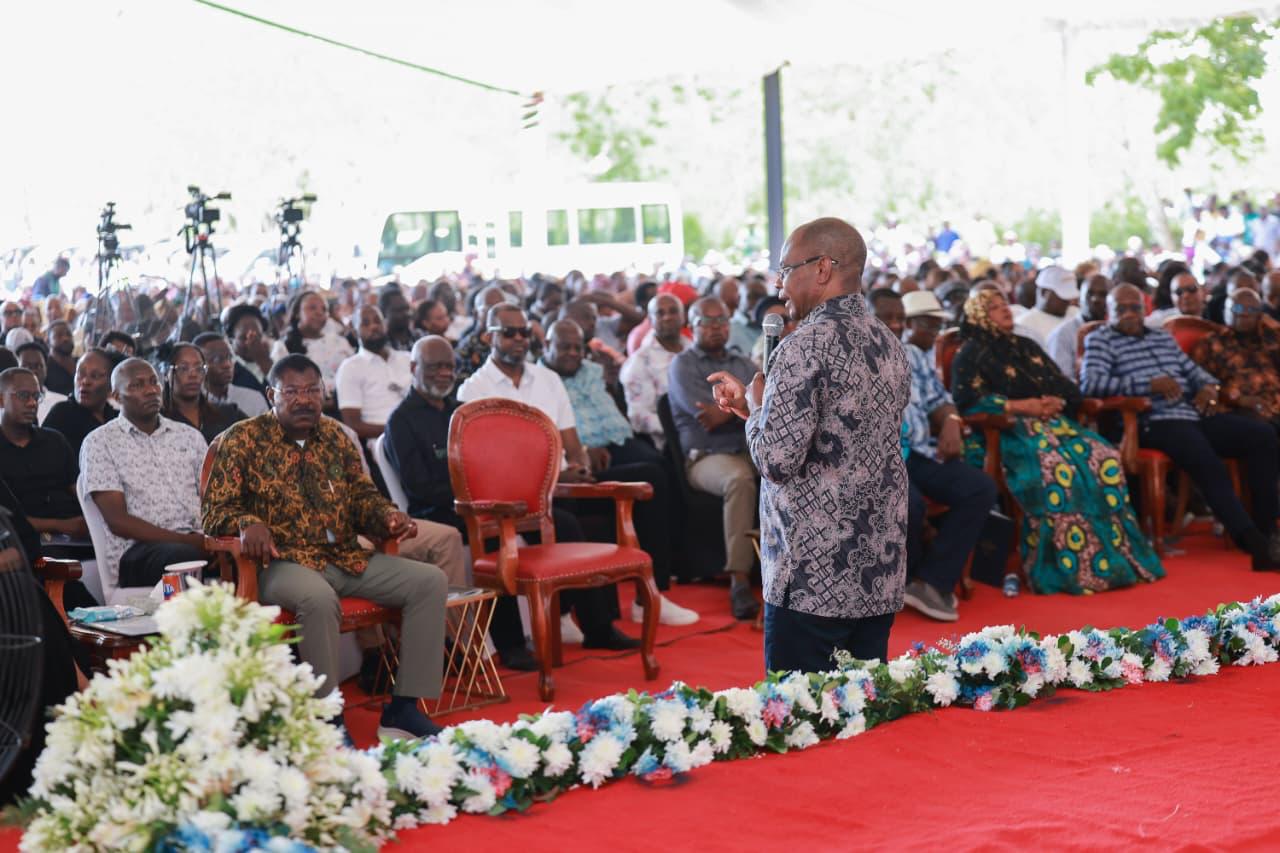MPs support plan to install battery storage in solar and wind plants
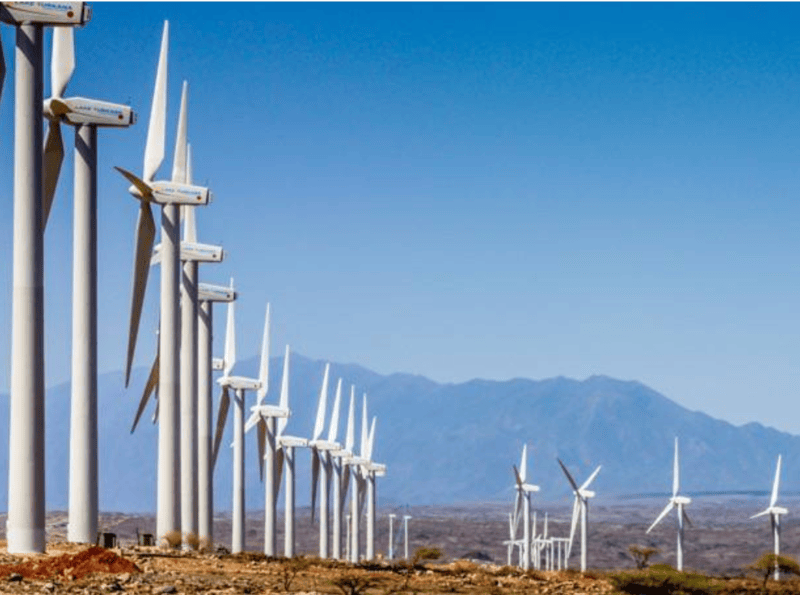
This measure is expected to reduce reliance on thermal plants, which are typically used when demand for electricity surges.
Members of Parliament have supported a proposal by the Ministry of Energy requiring all solar and wind power plants to install battery storage systems in a move aimed at boosting Kenya's renewable energy sector.
This initiative aims to ensure that power generated from these renewable sources is available during peak season, reducing the country's dependence on costly and polluting thermal power plants.
More To Read
- Consumers to get more units for less as electricity tariffs decline
- Auditor General flags Kenya Power for missing 30 per cent tender quota for youth, women, and PWDs
- Kenya’s electricity demand hits all-time high of 2,439 MW, straining power generation capacity
- Kindiki unveils Sh1 billion plan to power 6,100 Marsabit homes
- State agencies, counties owe Kenya Power Sh4.67 billion in unpaid bills - Auditor General
- Kenya Power ends manual applications, new connection requests exclusively via website
The National Assembly Committee on Energy, in a report presented to Parliament, noted that the mandate for battery storage would apply to all wind and solar plants across the country.
This measure is expected to reduce reliance on thermal plants, which are typically used when demand for electricity surges.
The Energy Ministry had earlier announced that any intermittent power plants—those that rely on solar or wind energy without a Battery Energy Storage System (BESS) would not be allowed to sign Power Purchase Agreements (PPAs) with Kenya Power.
This has been a crucial step in ensuring a more stable and affordable energy supply, especially during periods of peak demand when thermal plants are most commonly used.
"All intermittent sources of energy i.e. wind and solar, being onboarded to the grid to be fitted with energy storage solutions as a mitigation measure to their intermittency, as well as to maintain the system's equilibrium between supply and demand for electricity, by strategically discharging storage assets during times of peak demand and charging them during times of low demand," the committee stated in the report.
Intermittent electricity, unlike traditional power, is not continuously available and depends heavily on weather conditions, which cannot be controlled by producers.
With the absence of adequate storage solutions, Kenya Power has had to rely on thermal plants to bridge the supply gap during the evening peak hours.
This is when electricity demand typically spikes between 7:30 pm and 8:30 pm across the country, and from 8 pm to 8:30 pm in the Coast region.
Kenya's renewable energy strategy is beginning to align with practices seen in developed nations, particularly in Europe and America, where solar plants often come equipped with battery storage to ensure continuous power supply.
Currently, Kenya Power has Power Purchase Agreements with three wind power plants and seven solar plants.
Together, these plants contributed a total of 1,790 Gigawatt-hours (GWh) and 473 GWh of power, respectively, in the year ending June 2024.
However, none of these plants have battery storage, limiting their ability to support the grid during peak demand.
Globeleq, a UK-based private energy company, is the only intermittent power plant in Kenya that has committed to installing a battery storage system.
In February 2024, Globeleq announced plans to spend approximately Sh4.6 billion to install a 40 Megawatt-hour battery storage system at its Malindi solar plant.
The installation is expected to help provide electricity during peak periods, a move seen as a model for other renewable energy producers in the country.
The increased reliance on thermal power, particularly during high-demand periods, has led to rising electricity bills for consumers.
A major contributor to these high bills is the fuel cost charge (FCC), which is the largest component of electricity bills and is passed on directly to consumers by Kenya Power.
When more thermal plants are used, the FCC increases, driving up power costs, which is a growing concern for both households and businesses.
Top Stories Today


